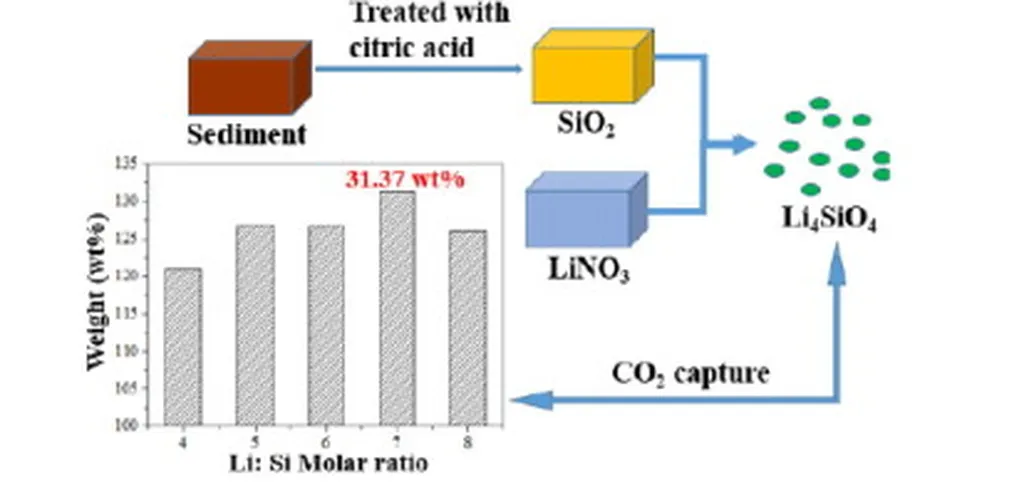In the quest to curb carbon emissions, researchers are exploring innovative methods to capture CO2 from power plant exhausts. A recent study published in the journal “Chemical Engineering Transactions” offers promising insights into the use of advanced sorbents for post-combustion carbon capture. The research, led by Eleonora Stefanelli, focuses on modeling a fixed bed reactor using K2CO3-doped Li4SiO4 porous pellets as the adsorbent material.
The study addresses a critical challenge in the energy sector: reducing CO2 emissions while meeting growing energy demands. Post-combustion carbon capture is a widely applicable method to mitigate point-source CO2 emissions, and this research takes a significant step forward in optimizing the process. The pellets were tested in a lab-scale fixed bed reactor under conditions simulating power plant exhaust gases, with a low CO2 concentration of 4 vol% and an adsorption temperature of 515 °C.
Stefanelli and her team developed a one-dimensional model using COMSOL Multiphysics® to simulate the CO2 adsorption process within the pellet bed. The model incorporated modified shrinking core reaction kinetics, accounting for the presence of a molten carbonate mixture and a nucleation phase to accurately capture the adsorption process. The simulation results showed good agreement with experimental data, confirming the model’s ability to predict adsorption performance under the specified conditions.
“This study not only validates our experimental findings but also provides a robust model that can be used to optimize the design and operation of fixed bed reactors for CO2 capture,” said Eleonora Stefanelli, the lead author of the study. The research highlights the potential of K2CO3-doped Li4SiO4 pellets as effective adsorbents for CO2 capture, offering a scalable solution for the energy sector.
The implications of this research are far-reaching. By improving the efficiency and predictability of CO2 capture processes, this study paves the way for more effective carbon mitigation strategies. As the energy sector continues to seek sustainable solutions, advancements in carbon capture technology will play a crucial role in reducing greenhouse gas emissions and combating climate change.
The study, published in the journal “Chemical Engineering Transactions,” translates to “Chemical Engineering Transactions” in English, underscores the importance of interdisciplinary research in addressing global energy challenges. As Eleonora Stefanelli and her team continue to refine their model and explore new materials, the future of carbon capture looks increasingly promising. This research not only shapes the current landscape of carbon capture technology but also inspires further innovation in the field.

